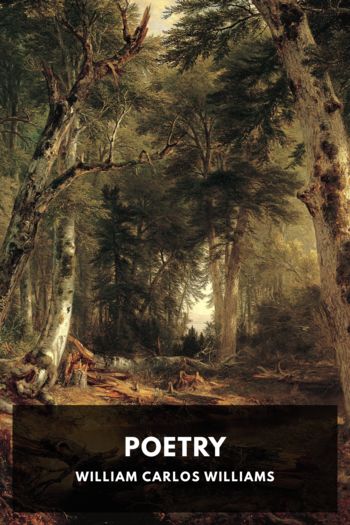Hidden History: Lost Civilizations, Secret Knowledge, and Ancient Mysteries, Brian Haughton [books you need to read .TXT] 📗

- Author: Brian Haughton
Book online «Hidden History: Lost Civilizations, Secret Knowledge, and Ancient Mysteries, Brian Haughton [books you need to read .TXT] 📗». Author Brian Haughton
Jupiter, known as the star of Zeus, was traditionally the planet associated with kings, and astronomer Michael R. Molnar of Rutgers University in New Jersey has interpreted statements in Matthew's Gospel that the star "went before" and "stood over" as referring to to the reversal of motion and stationing of the planet Jupiter. Molnar has discovered a Roman coin issued in Antioch, the capital of Roman Syria, which dates to the time of Jesus' birth and which depicts the astrological sign of Aries the Ram turning its head to
look back at a star. Molnar believes that this coin was issued to commemorate the takeover of Judaea by Roman Antioch in A.D. 6. Subsequent research revealed that in an important astrological work by Claudius Ptolemy, the Tetrabiblos, Aries the Ram is explained as controlling the people of "Judea, Idumea, Samaria, Palestine, and Coele Syria"-all territories ruled by King Herod. So it is possible that the star on the coin represents Judaea's destiny in the hands of Roman Antioch. This may indicate that astrologers were waiting for the birth of a great king of the Jews portended by the appearance of the Star of Bethlehem in the constellation of Aries the Ram. Molnar's research shows that the celestial events on April 17, 6 B.C., when Jupiter was in Aries and there was also a lunar eclipse of the planet, were exactly those which would indicate the birth of a divine person. Though a lot more research needs to be done on this theory, it provides the best evidence yet that the Magi from Persia were actually following a real star, in this case Jupiter, which would ultimately lead them to Bethlehem and the future King of the Jews.
the Druids
The Druids were mysterious Pagan priests in the Celtic society of Western Europe from around the second century B.C. to the first century A.D. (the end of the Iron Age). Variously given the title of Shamans, priests, teachers, and philosophers, so little is known about the Druids-who left no written record of their existence-that they have been both romanticized and demonized in equal measure. Much of what we know about the Druids comes from ancient Greek and Roman writers, and early Irish and Welsh literature. The development of neo-Druidism from the 17th century onwards has also added considerably to the image of the Druid as known today. But how much of the tales of strange secret rites in lonely forest groves or mass human sacrifice in huge wickerwork images is, in fact, based on truth?
Arch-Druid in his full Judicial Costume. An etching from Old England: A Pictorial Museum (1845).
The word Druid seems to derive from Indo-European roots meaning
oak, strong, knowledge, or wisdom. Our most informative source for these Pagan priests is Julius Caesar (100 B.C.- 44 B.C.), who wrote about them from firsthand experience in his Commentaries on the Gallic War, a history of his wars in Gaul (modern France) from 59 to 51 B.C. Unfortunately, as with most of the ancient Roman sources for the Druids, it is often hard to separate Roman propaganda from truth. Caesar mentions the Druids in his discussion of Gaulish religion and says that they were in charge of private and public sacrifice and other religious matters. Casaer's need to impress Rome with stories from his military campaign in Gaul probably accounts for the exaggerations in his statements, and nowhere is this more obvious than in his discussion of human sacrifice by these Celtic priests. He describes "huge statues of immense size, whose bodies of woven branches are filled with living men." Obviously he is describing the now famous wicker men. Caesar then goes on to say that criminals were burned alive inside these huge structures to satisfy the gods, but, he adds, if the supply of criminals fails, then the Druids think nothing of sacrificing innocent victims.
Caesar's writings indicate the existence of at least two classes among the higher echelon of Gaulic society: the nobles and the Druids. The Druids obviously held an influential and respected position in Celtic society, and Caesar mentions that large numbers of young men went to them for training. The Druids also retained power as lawgivers, acted in disputes between both individuals and tribes, and had the right to pass judgements on criminals. They were also exempt from military service and the payment of taxes. Caesar places the origin of Druidism in Britain, and mentions that serious students of the Druidic arts traveled there to study it. He also reports that a novice could continue his studies for up to 20 years, some of which included memorizing large amounts of poetry. Caesar's information on the religious doctrines of the Druids is interesting, as he states, "a lesson, which they take particular pains to inculcate, is that the soul does not perish, but after death passes from one





Comments (0)